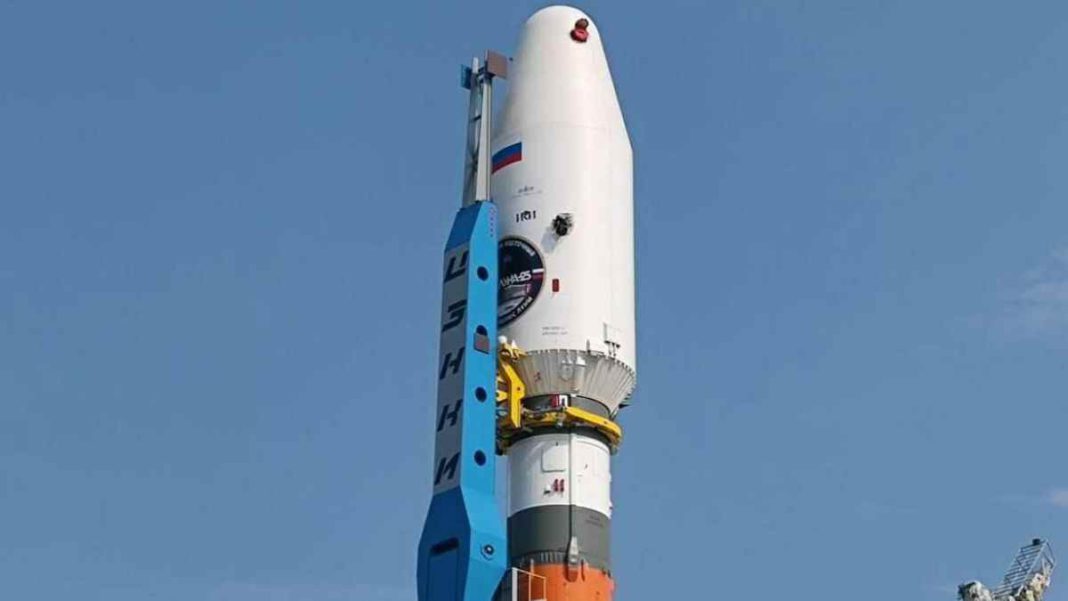RUSSIA: Russia’s Luna 25 mission launched from the Vostochny Cosmodrome today, embarking on a historic journey to the Moon. As it hurtles through space, Luna 25 carries with it the hopes of a nation and the anticipation of a global audience, with its sights set on reaching the lunar south pole before India’s Chandrayaan-3.
The launch of Luna 25 marks a pivotal moment for Russia’s space program, as it is the country’s first fully homegrown deep-space mission in over four decades.
Unlike past collaborative efforts, this mission is being undertaken solely by the Roscosmos State Space Corporation, demonstrating Russia’s growing capabilities in space technology.
Luna 25’s ambitious itinerary involves a journey of approximately five and a half days to the Moon, followed by an orbital phase of three to seven days at an altitude of 100 kilometers. If all goes according to plan, the spacecraft is poised to touch down on the lunar surface on August 23, coinciding with the landing date projected for India’s Chandrayaan-3.
The lunar south pole has become a coveted destination for space exploration due to the potential presence of vast quantities of water ice.
This invaluable resource could revolutionize future space missions by providing oxygen and fuel for extended human expeditions beyond Earth’s orbit. Both Russia and India are vying to be the first nation to successfully land a probe at this critical location.
Roscosmos has announced that Luna 25 is equipped not only for a soft landing but also for extensive scientific research on the Moon’s surface.
Soil samples will be analyzed, offering insights into the Moon’s geology and history that could reshape our understanding of Earth’s celestial companion. ISRO also congratulated Roscosmos on X (formerly Twitter).
In contrast, the Chandrayaan-3 mission, undertaken by the Indian Space Research Organisation (ISRO), boasts an orbiter, a lander, and a rover. While Luna 25 is designed for an extended mission duration of approximately one year, Chandrayaan-3’s Vikram lander and Pragyan rover are tailored for a shorter stay of 14 days on the lunar terrain.
The international space community will keenly observe these developments, as they represent the latest chapter in a modern-day space race that now includes emerging players like India and China, in addition to established pioneers such as the United States and Russia.
It’s worth noting that Luna 25’s launch comes at a time of geopolitical tensions, as it is being executed independently following the European Space Agency’s decision to sever ties with Roscosmos in response to Russia’s actions in Ukraine.
Also Read: Russian Cosmonaut Rides Robotic Arm in Milestone Spacewalk at the International Space Station



